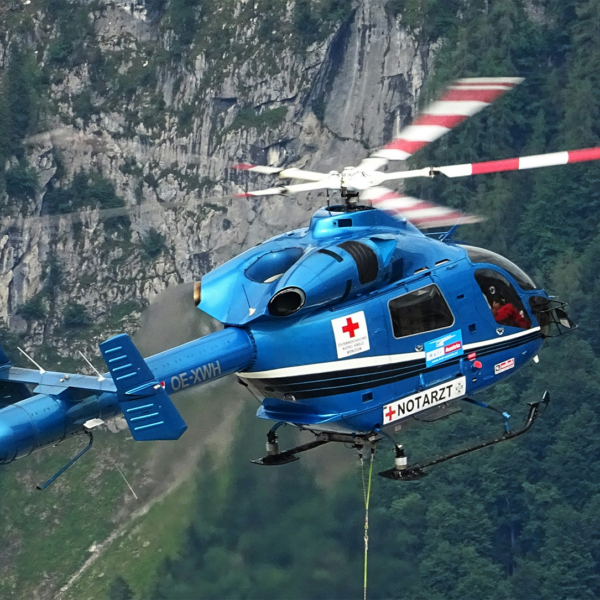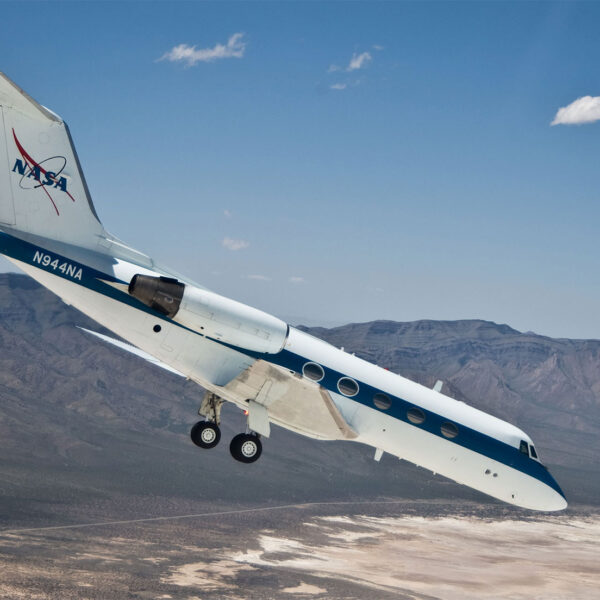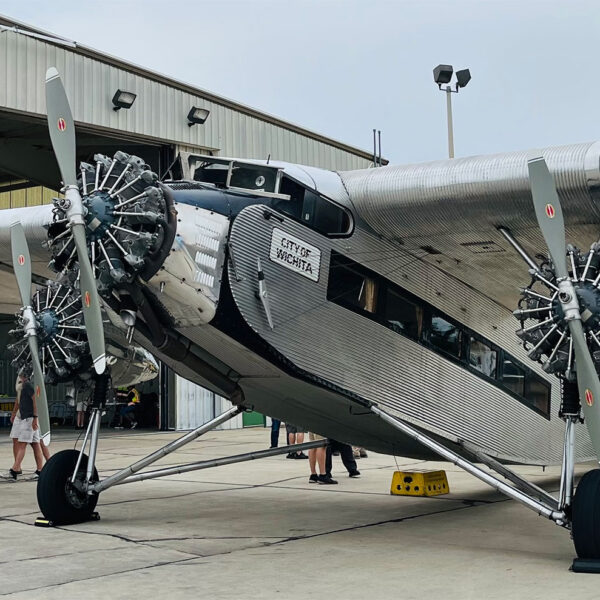Smithsonian Aerospace Vault: The Bede BD-5

Among the historic and innovative aircraft on display in the Smithsonian Air and Space Museum, the Bede BD-5 showcases a legacy that belies its diminutive size. Resembling a minuscule fighter jet with a bullet-shaped nose and a single seat wrapped in a narrow canopy, the 13-foot-long experimental plane was sold in kit form in the 1970s. Its sleek lines captured the imagination of many, but it never became a success in the market.
Jim Bede, the founder of the Bede Aircraft Corporation, had successfully designed and sold a number of more traditional small planes in kit form prior to the introduction of the BD-5. The most successful was the BD-4, a 2-4 seat high-wing plane that resembled some of the popular Cessnas of the era. The BD-4 sold well, and customers have built and flown an estimated 700 examples since the type’s introduction.

Following the successful launch of the BD-4, Bede decided to inject speed, handling, and overall performance into his formula. In 1973, he designed and launched the BD-5. Bolstered by massively effective marketing, the bold-looking little plane soon adorned magazine covers both within the aviation industry and beyond, sparking the imaginations of would-be pilots and builders around the world. In just over six months, Bede received orders for 4,000 kits.
It is easy to see how the plane captured so much attention. The tiny plane looked fast standing still, and with a wingspan of just over 21 feet and an empty weight of approximately 535 pounds, it promised a fighter jet experience at a relatively economical price. The projected performance followed suit, with 180º/second roll rates and 200 mile per hour cruise speeds further captivating the imaginations of pilots.
Bede’s philosophy behind the design was to create an airplane that could provide outstanding flying qualities for the amateur builder. He emphasized razor-sharp handling that could be exercised with the slightest nudge of the control stick, and he placed the engine behind the pilot. It drove a pusher propeller through a system of belts, leaving the entire nose section aerodynamically clean, with panoramic visibility on par with gliders.

Unfortunately, the engine was the part of the equation with which Bede struggled the most. The manufacturer that was originally slated to produce engines for the BD-5 went into bankruptcy before many could be produced, and the subsequent engine manufacturer abandoned their design. Bede shipped kits to a number of customers with the promise that the company would secure an alternative engine manufacturer while they built their airframes, but in 1979, after coming up short, the company filed for bankruptcy.
Customers improvised, sourcing engines on their own from various automobile and motorcycle manufacturers. A small number of jet-powered BD-5J aircraft were even produced, some of which flew regular demonstrations in airshows and even appeared in a James Bond movie. But ultimately, only a relatively small number of Bede BD-5 customers ended up completing and flying their aircraft.
The owners who finally got their Bede BD-5s into the air would soon encounter additional challenges. The complexity and non-standardization of engine and propeller installments would create a number of problems that would result in crashes, and while the airplane was not overly difficult to fly, it demanded attention and was unforgiving of improper technique. Between 1976 and 2004, a total of 19 fatal BD-5 crashes occurred, and 32 nonfatal accidents appear in the NTSB database.
Today, approximately 45 BD-5s remain active on the FAA registry. They are largely owned and flown by individuals who have fallen in love with the Bede BD-5’s flying qualities and who are committed to the careful modification and upkeep of their unique machines.





